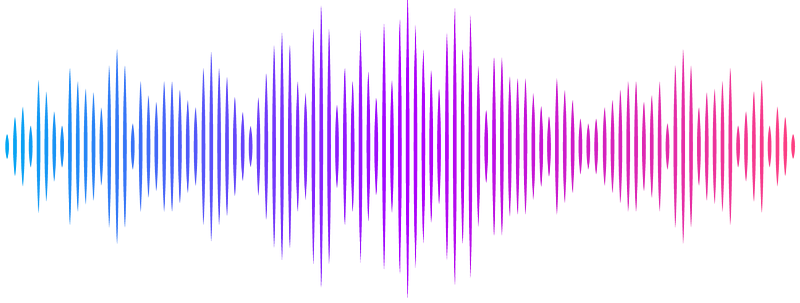Primary and secondary microplastics do not affect hatching of Japanese flounder eggs

Voice is AI-generated
Connected to paperThis paper is a preprint and has not been certified by peer review
Primary and secondary microplastics do not affect hatching of Japanese flounder eggs
Azmi, S. S.; SEONG, T.; KIM, H.-J.; NAKATANI, H.; KYOZUKA, Y.; ASAKURA, H.; SHIMIZU, K.; Yagi, M.
AbstractMicroplastics (MPs) are pervasive pollutants that may threaten aquatic organisms, especially during early life stages. This study investigated effects of MPs on the hatching rate of Japanese flounder eggs. Fertilized eggs were exposed to polystyrene (PS) microbeads (primary microplastics) (3 and 10 (mu)m, at 20 and 200 particles/ml), and secondary MPs derived from coastal debris (rope, plastic bottles, fish net, string, and rubber pads) collected in Nagasaki, Japan. Hatching rates of flounder eggs were unaffected by either primary or secondary microplastics, suggesting limited impact of microplastics on this brief developmental stage.